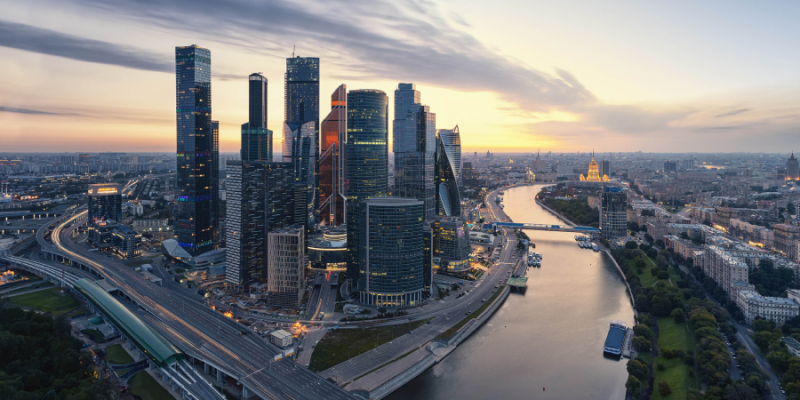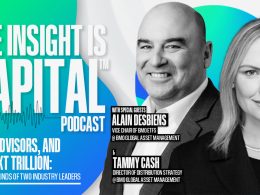by Arnab Das, Invesco Canada
As events unfold in Ukraine, Global Market Strategist Arnab Das assesses the market response and the potential economic impact for the world.
Russia has launched military operations against Ukraine. Ukraine has declared martial law. Fighting and shelling are underway in parts of Ukraine. We fear there will be significant disruption in the region, including loss of life. The West is ramping up financial sanctions against Russia and support for Ukraine.
Market reaction so far is risk-off but not indiscriminate. Movements across asset classes and regions reflect macro exposure to striking moves in commodities most affected by the conflict.
As of this writing, on Feb. 24:
- Commodities: Oil, gas, grains and palladium have risen sharply. Russia is a major exporter of all of these, and Ukraine of grains.
- Currencies: U.S. dollar, Swiss franc, Japanese yen have rallied; the euro and sterling are weaker.
- Bonds: U.S. Treasuries, eurozone government bonds led by German Bunds, and UK Gilts have all rallied.
- Equities: Indexes were off across the board, led by EMEA. Countries with strong Russia trade links like Germany have fared less well than energy-producing nations. The S&P 500 Index rose later in the day.
- Emerging Markets: Russia/Ukraine are down sharply. Commodity importers such as Turkey and India have been hit harder than exporters such as Brazil. Mexican peso and South African rand (bellwether proxies for emerging markets risk) are softer but so far holding up reasonably well.
Implications
We believe we are in a full-blown open conflict scenario. Open conflict in Europe is clearly a major shock to the international system. We do expect, however, hostilities to focus on Ukrainian territory given the North Atlantic Treaty Organization’s protection of Western Europe. Hence, we believe collateral damage would be heaviest in Ukraine and Russia, with important but not extreme effects beyond those two economies; Europe most exposed, the U.S. and Asia less so with many emerging markets in between.
In our view, the economic impact on the rest of the world is likely to come from higher commodity prices, boosting inflation but hurting growth – stagflation-lite. But if hostilities and tensions escalate to the point where Russia is excluded from the Western payments and fast-messaging systems, as was Iran, a severe stagflation shock could result from an interruption of energy supplies. Russia supplies Europe with 40% of its gas, half its solid fuel including coal, and about a quarter of its oil.1
We expect the consequences to translate into a somewhat less hawkish stance from major central banks – tilting the U.S. Federal Reserve toward a 25 basis point hike in March and keeping the European Central Bank on the fence.
The long-term consequences are likely to be profound but play out over time. Where national interests and ideologies are concerned, we see foreign economic policies focusing on reducing or at least managing national security risks, moving away from encouraging economic and financial integration, thereby increasing interdependence and raising the cost of conflict.
Bottom Line
We expect high market volatility to continue in the near term but note past conflicts have often provided interesting entry points for long-term investors. The war (and the risk of stagflation) strengthens the case for portfolio diversification given the heightened volatility and uncertainty.
This post was first published at the official blog of Invesco Canada.















